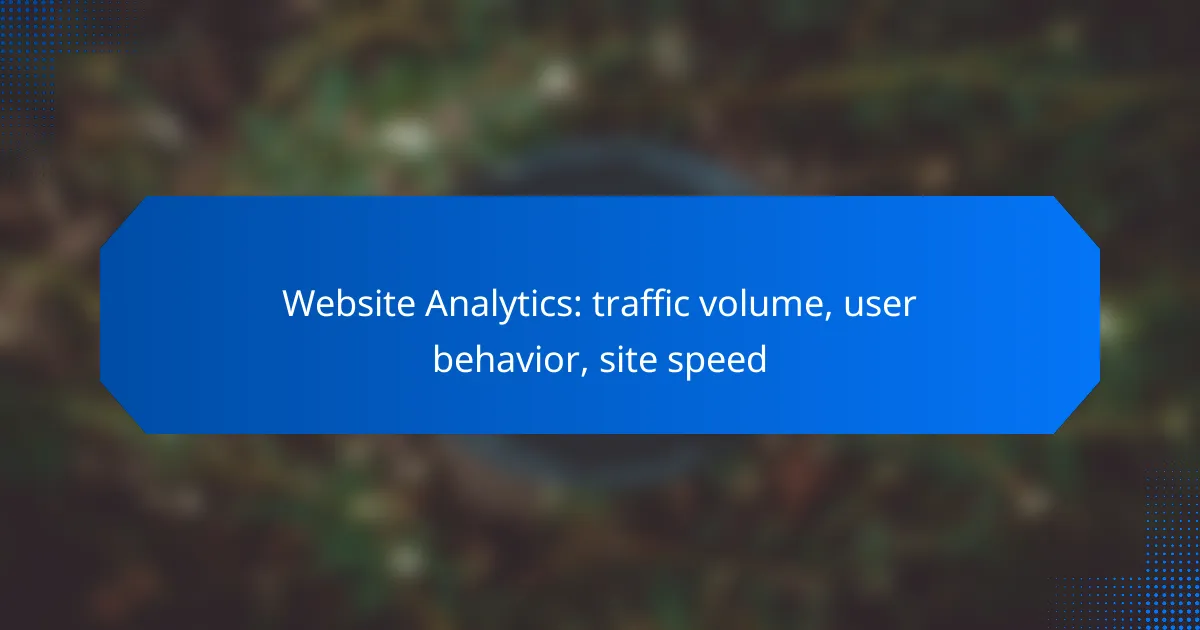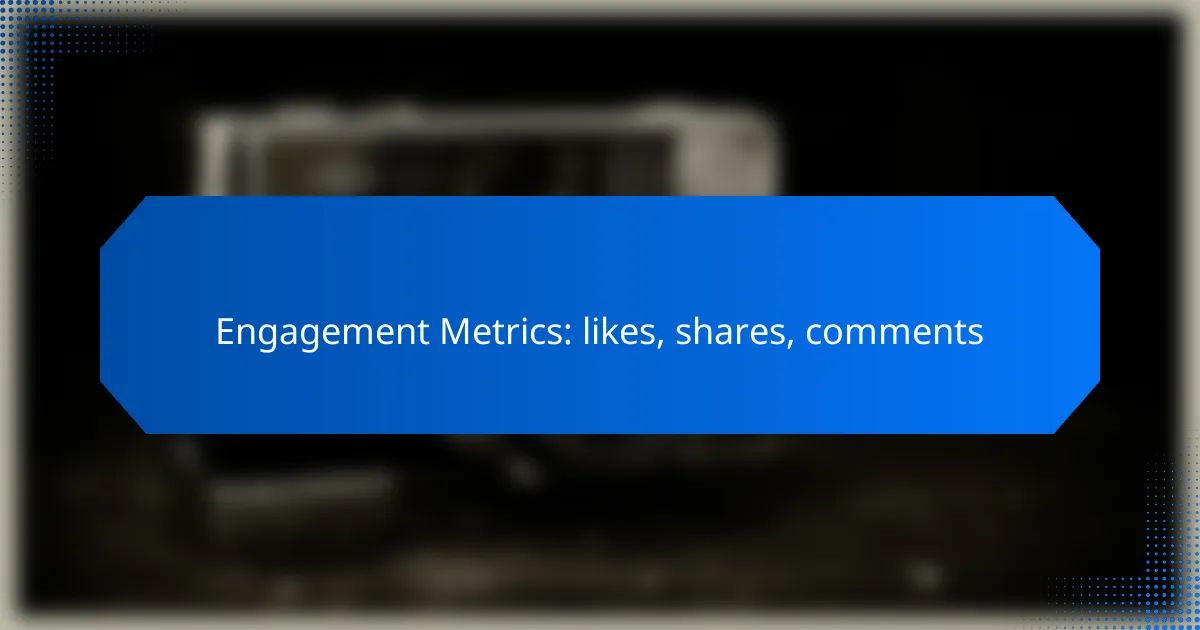
Engagement metrics, including likes, shares, and comments, are essential indicators of how users interact with content on social media platforms. By analyzing these metrics, marketers can gain valuable insights into audience preferences and optimize their strategies for better performance. Focusing on targeted content and interactive elements can significantly enhance engagement levels, ultimately driving campaign effectiveness and returns on investment.
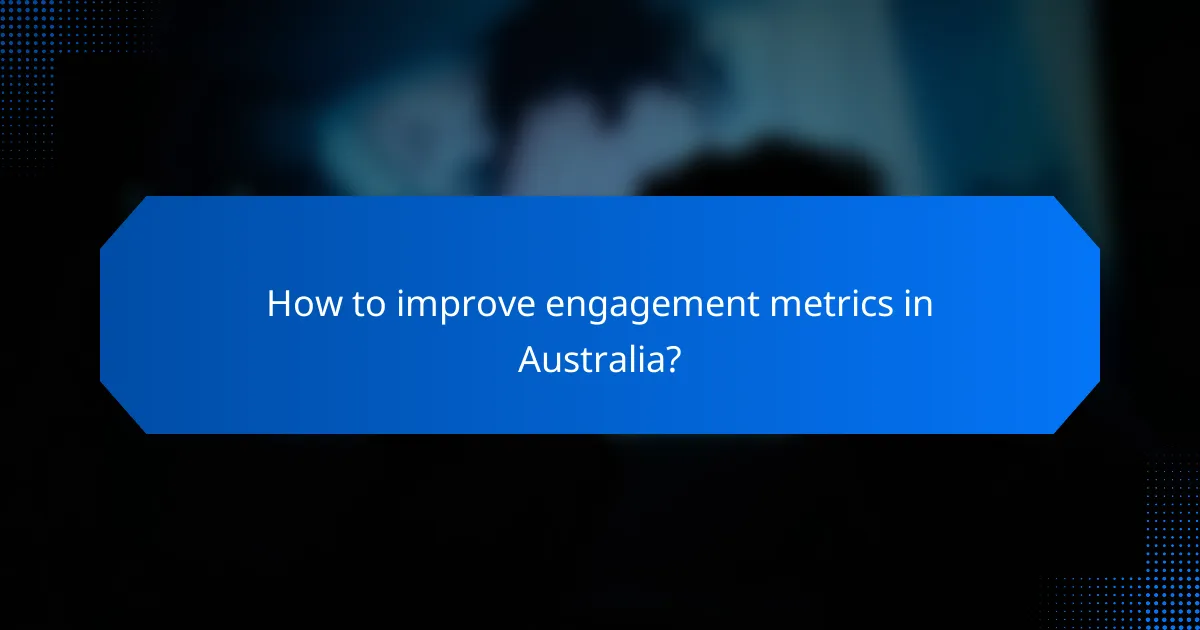
How to improve engagement metrics in Australia?
To enhance engagement metrics like likes, shares, and comments in Australia, focus on creating targeted content that resonates with your audience. Implementing strategies such as social media advertising, interactive content, and user-generated contributions can significantly boost engagement levels.
Utilize targeted social media advertising
Targeted social media advertising allows you to reach specific demographics based on interests, location, and behaviors. In Australia, platforms like Facebook and Instagram offer robust targeting options that can help you connect with your ideal audience. Consider allocating a budget for ads that promote posts likely to generate engagement.
Use A/B testing to determine which ads perform best. Monitor metrics such as click-through rates and engagement levels to refine your strategy over time. A well-targeted ad can increase likes and shares significantly, leading to greater visibility.
Incorporate interactive content
Interactive content, such as polls, quizzes, and contests, encourages users to engage actively rather than passively consuming information. This type of content can lead to higher engagement metrics, as users are more likely to comment and share their experiences. For example, a quiz related to your brand can spark conversations and shares among participants.
Ensure that your interactive content is relevant to your audience’s interests and easy to participate in. Promoting these activities through your social media channels can further enhance visibility and engagement.
Leverage user-generated content
User-generated content (UGC) involves sharing content created by your audience, such as reviews, testimonials, or photos featuring your products. This not only builds community but also encourages others to engage with your brand. In Australia, showcasing UGC can create a sense of authenticity and trust among potential customers.
Encourage your followers to share their experiences by creating a specific hashtag or running a campaign that highlights their contributions. Make sure to acknowledge and reward users whose content you feature, as this can foster loyalty and further engagement.
Optimize posting times
Posting at optimal times can significantly impact engagement metrics. In Australia, peak engagement times often vary by platform and audience. Generally, weekdays during lunch hours or early evenings tend to yield better results.
Utilize analytics tools to determine when your audience is most active and adjust your posting schedule accordingly. Consistency is key, so aim to post regularly during these peak times to maximize likes, shares, and comments.
Analyze audience insights
Regularly analyzing audience insights helps you understand what content resonates most with your followers. Platforms like Facebook and Instagram provide detailed analytics that can reveal trends in engagement metrics. Look for patterns in likes, shares, and comments to identify successful content types.
Use this data to refine your content strategy, focusing on topics and formats that drive the most engagement. Continually adapting based on audience insights will help you maintain and improve your engagement metrics over time.
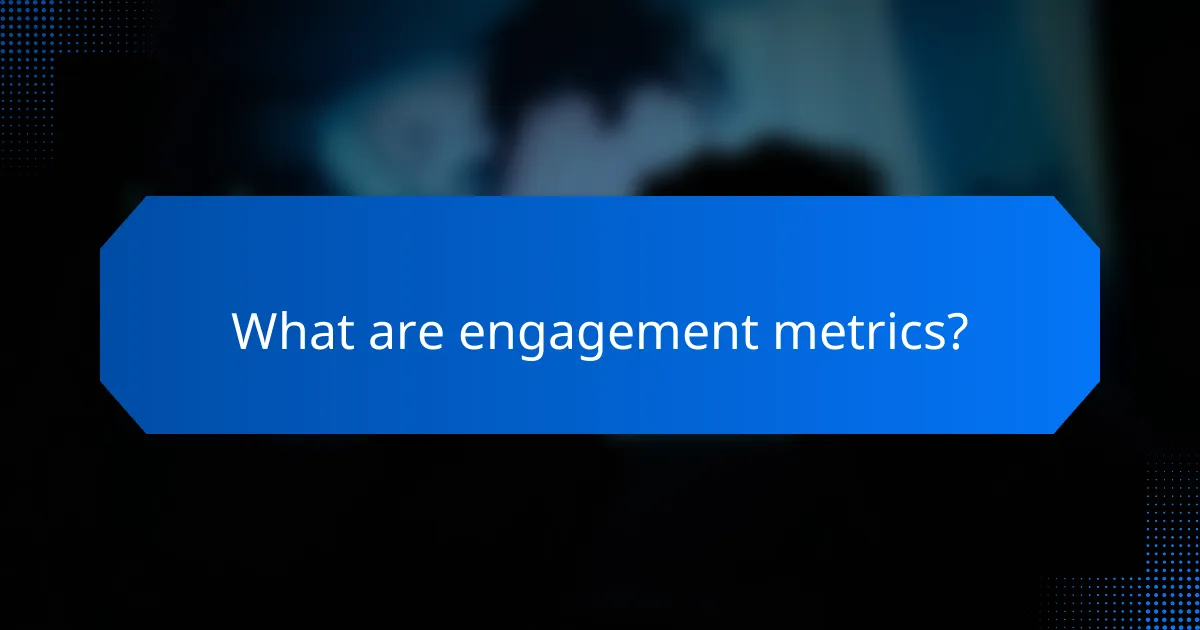
What are engagement metrics?
Engagement metrics are quantitative measures that indicate how users interact with content on social media platforms. They provide insights into audience approval, reach, and interaction levels, helping marketers and content creators assess performance and optimize strategies.
Likes as a measure of approval
Likes serve as a straightforward indicator of approval for content. When users click the like button, they express their enjoyment or agreement, which can signal to creators what resonates with their audience.
However, while likes are valuable, they should not be the sole metric for success. A high number of likes may not always correlate with deeper engagement or conversion rates. It’s essential to consider likes alongside other metrics for a comprehensive view.
Shares as a measure of reach
Shares indicate how far content spreads across social networks, reflecting its potential to reach new audiences. When users share a post, they are endorsing it to their followers, which can significantly amplify visibility.
To maximize shares, create content that is relatable, informative, or entertaining. Content that evokes strong emotions or provides practical value tends to be shared more frequently. Monitoring share counts can help identify which topics or formats are most effective in expanding reach.
Comments as a measure of interaction
Comments provide a deeper level of interaction than likes or shares, as they allow users to express their thoughts and engage in discussions. A high volume of comments can indicate that content is provoking thought or debate among viewers.
Encouraging comments can enhance community building. Ask open-ended questions in your posts to invite responses. However, be prepared to moderate discussions to maintain a positive environment. Tracking comment sentiment can also offer insights into audience perceptions and preferences.
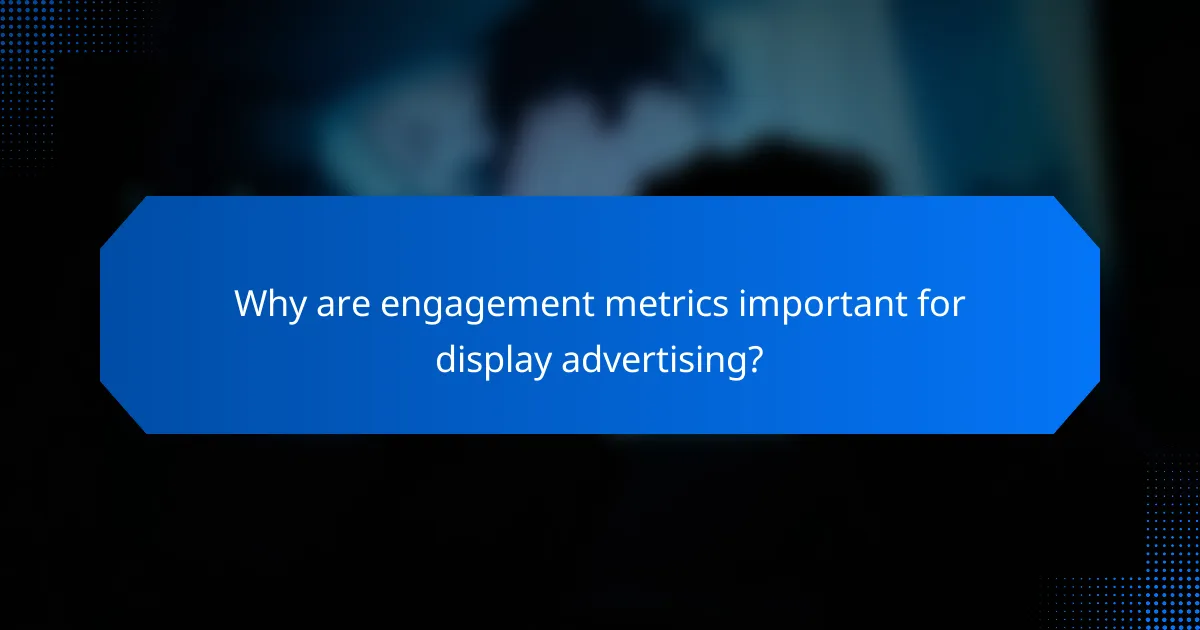
Why are engagement metrics important for display advertising?
Engagement metrics are crucial for display advertising as they measure how audiences interact with ads, influencing overall campaign effectiveness. High engagement levels can lead to increased visibility and better targeting, ultimately driving higher returns on investment.
Higher engagement increases ad visibility
When ads receive more likes, shares, and comments, they tend to be shown more frequently across platforms. This increased visibility can lead to a broader audience reach, as algorithms often favor content that generates interaction. For example, a display ad that garners significant engagement may appear more prominently in users’ feeds, enhancing its chances of being seen.
Moreover, ads that engage users can create a ripple effect, where shared content reaches the networks of those who interact with it. This organic spread can significantly amplify brand exposure without additional costs.
Engagement metrics influence ad targeting
Engagement metrics provide valuable insights into audience preferences and behaviors, allowing advertisers to refine their targeting strategies. By analyzing which ads generate the most interaction, marketers can identify key demographics and tailor their campaigns accordingly. For instance, if a specific age group shows higher engagement, advertisers can focus their efforts on that segment for future campaigns.
Additionally, platforms often use engagement data to optimize ad placements, ensuring that ads are shown to users most likely to interact with them. This targeted approach can lead to more effective advertising strategies and improved audience connection.
Improved metrics lead to better ROI
Higher engagement metrics typically correlate with improved return on investment (ROI) for display advertising. When ads resonate with audiences, they are more likely to convert, whether through purchases, sign-ups, or other desired actions. For example, an ad with strong engagement may see conversion rates increase by a notable percentage, enhancing overall campaign profitability.
To maximize ROI, advertisers should continuously monitor engagement metrics and adjust their strategies accordingly. Focusing on ads that perform well can lead to more efficient spending and better outcomes, ensuring that marketing budgets are utilized effectively.

What tools can track engagement metrics?
Several tools can effectively track engagement metrics such as likes, shares, and comments across various platforms. These tools provide insights that help businesses and content creators understand audience interaction and optimize their strategies accordingly.
Google Analytics for website metrics
Google Analytics is a powerful tool for tracking website engagement metrics. It allows users to monitor page views, session duration, and bounce rates, which are crucial for understanding how visitors interact with content.
To get started, set up goals in Google Analytics to measure specific actions, such as form submissions or downloads. This will help you gauge the effectiveness of your content in driving user engagement.
Regularly review your reports to identify trends and adjust your content strategy based on what resonates most with your audience.
Hootsuite for social media insights
Hootsuite is a comprehensive social media management platform that tracks engagement metrics across multiple social channels. It provides analytics on likes, shares, comments, and follower growth, which are essential for evaluating social media performance.
Utilize Hootsuite’s customizable dashboards to monitor real-time engagement and compare performance across different platforms. This can help you identify which content types generate the most interaction.
Consider scheduling regular reports to analyze engagement trends over time and adjust your posting strategy accordingly.
Sprout Social for comprehensive analysis
Sprout Social offers in-depth analytics for social media engagement, focusing on likes, shares, comments, and overall audience interaction. Its reporting features allow users to track performance metrics and gain insights into audience demographics.
With Sprout Social, you can set benchmarks for engagement metrics and analyze how your content performs against competitors. This comparative analysis can highlight areas for improvement.
Take advantage of Sprout Social’s engagement tools to respond to comments and messages promptly, fostering a stronger connection with your audience.
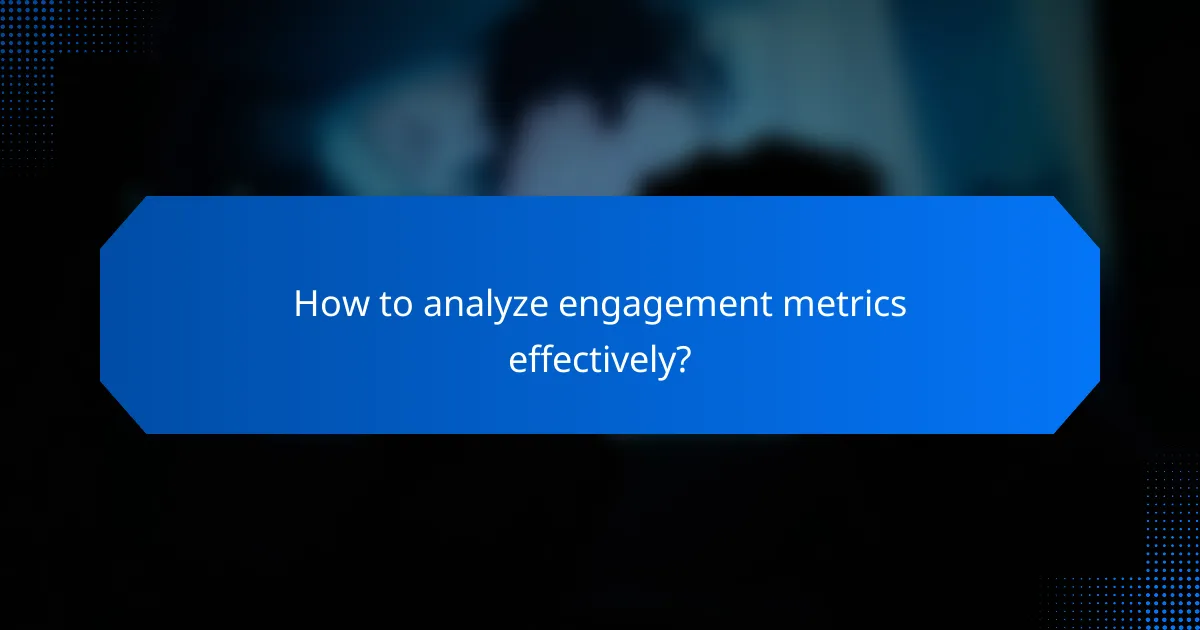
How to analyze engagement metrics effectively?
To analyze engagement metrics effectively, focus on key indicators such as likes, shares, and comments to gauge audience interaction. Understanding these metrics helps refine content strategy and improve overall engagement.
Understanding likes
Likes are a straightforward metric indicating approval or enjoyment of content. They serve as a quick gauge of how well your audience resonates with your posts. A higher number of likes typically suggests that the content is engaging and relevant.
However, it’s essential to consider the context of likes. For instance, a post with hundreds of likes but few comments may indicate superficial engagement. Aim for a balance between likes and deeper interactions to assess true audience interest.
Evaluating shares
Shares represent a powerful form of engagement, as they indicate that your audience finds the content valuable enough to share with others. This metric can significantly expand your reach and visibility across social platforms.
To evaluate shares effectively, track which types of content are shared most frequently. For example, informative articles or entertaining videos often garner more shares than standard promotional posts. Use this insight to tailor future content that encourages sharing.
Analyzing comments
Comments provide qualitative insights into audience sentiment and engagement. They allow for direct interaction and feedback, offering a deeper understanding of your audience’s thoughts and feelings about your content.
When analyzing comments, look for recurring themes or questions. Engaging with commenters can foster community and encourage further interaction. Be mindful of negative comments as well; they can provide valuable feedback for improvement.
